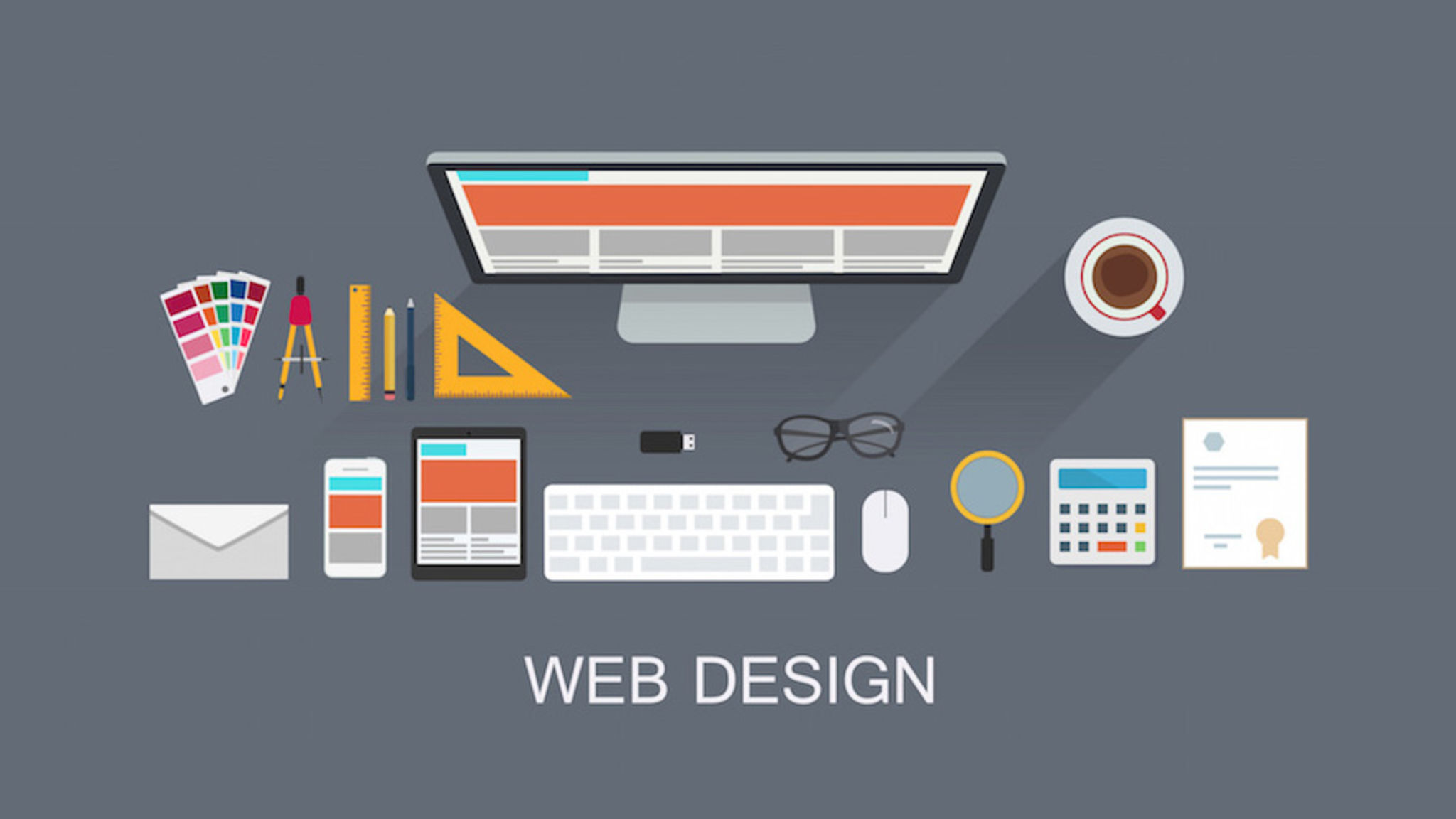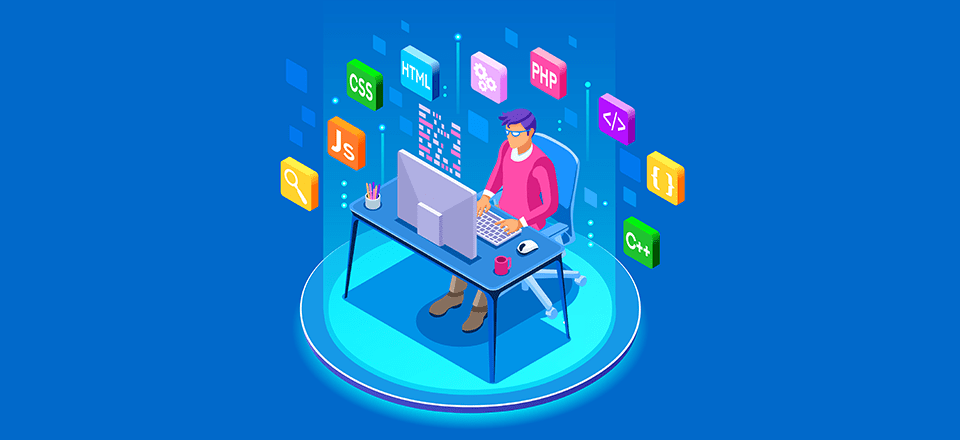All Categories
Featured
Table of Contents
- – Trajectory: Atlanta Web Design Company Tips an...
- – Web Design Blog - Webdesigner Depot Webdesign...
- – Chavez Web Design: Web Design San Diego - Bak...
- – Responsive Web Design - A List Apart Tips and...
- – Web Design Scholarship - Nyc Digital Marketin...
- – St Louis Seo Company - St Louis Web Design An...
- – Web Development Bachelor's Degree - Full Sai...
- – Web Design Company In Orlando, Florida And B...
- – Custom Web Design, Development & Digital Mar...
- – Powderkeg: Web Design Madison, Wi Tips and T...
- – Collaborate & Create Amazing Graphic Design ...
Trajectory: Atlanta Web Design Company Tips and Tricks:
Quick summary Usability and the utility, not the visual style, determine the success or failure of a website. Considering that the visitor of the page is the only individual who clicks the mouse and therefore decides whatever, user-centric design has actually established as a standard technique for effective and profit-oriented web design - web design frederick md.
and the utility, not the visual style, figure out the success or failure of a site. Since the visitor of the page is the only individual who clicks the mouse and therefore chooses whatever, user-centric design has become a basic technique for successful and profit-oriented website design. After all, if users can't utilize a function, it might as well not exist.
g. where the search box must be put) as it has already been performed in a number of articles; rather we concentrate on the techniques which, utilized effectively, can cause more sophisticated style choices and simplify the procedure of perceiving provided information. Please observe that you might be thinking about the usability-related posts we've released prior to: Concepts Of Great Website Design And Reliable Website Design Guidelines, In order to use the principles correctly we first require to comprehend how users connect with sites, how they believe and what are the fundamental patterns of users' habits.
Web Design Blog - Webdesigner Depot Webdesigner Depot Tips and Tricks:
Visitors look at each new page, scan some of the text, and click on the very first link that catches their interest or vaguely resembles the important things they're trying to find. There are large parts of the page they don't even look at. Most users search for something interesting (or beneficial) and clickable; as soon as some promising candidates are discovered, users click.
If a page supplies users with premium content, they want to jeopardize the content with ads and the style of the site. This is the factor why not-that-well-designed sites with top quality material get a lot of traffic over years. Material is more vital than the style which supports it.

Users don't read, they scan. Notification how "hot" locations abrupt in the middle of sentences. This is common for the scanning process. Really basic concept: If a website isn't able to meet users' expectations, then designer failed to get his job done correctly and the business loses money. The greater is the cognitive load and the less intuitive is the navigation, the more ready are users to leave the site and look for options.
Chavez Web Design: Web Design San Diego - Bakersfield ... Tips and Tricks:
Neither do they scan website in a linear style, going sequentially from one site area to another one. Rather users satisfice; they choose the first reasonable choice. As quickly as they discover a link that looks like it might lead to the objective, there is a great chance that it will be immediately clicked.
It doesn't matter to us if we understand how things work, as long as we can utilize them. If your audience is going to act like you're developing billboard, then style fantastic signboards." Users desire to be able to control their internet browser and rely on the constant data presentation throughout the website.
If the navigation and website architecture aren't instinctive, the number of concern marks grows and makes it harder for users to comprehend how the system works and how to obtain from point A to point B. A clear structure, moderate visual hints and easily identifiable links can assist users to find their path to their objective.
Responsive Web Design - A List Apart Tips and Tricks:

Since users tend to check out websites according to the "F"-pattern, these 3 declarations would be the very first elements users will see on the page once it is packed. The design itself is easy and instinctive, to understand what the page is about the user needs to browse for the answer.
Once you've attained this, you can interact why the system is helpful and how users can benefit from it. Don't Squander Users' Persistence, In every job when you are going to use your visitors some service or tool, attempt to keep your user requirements minimal.
Newbie visitors want to, not filling long web types for an account they might never ever utilize in the future. Let users check out the website and discover your services without forcing them into sharing personal information. It's not reasonable to require users to enter an e-mail address to evaluate the feature.
Web Design Scholarship - Nyc Digital Marketing Agency Tips and Tricks:
Stikkit is a best example for an easy to use service which needs nearly absolutely nothing from the visitor which is unobtrusive and reassuring. And that's what you want your users to feel on your website. Apparently, Termite requires more. The registration can be done in less than 30 seconds as the form has horizontal orientation, the user doesn't even require to scroll the page.
A user registration alone is enough of an obstacle to user navigation to minimize inbound traffic. 3. Handle To Focus Users' Attention, As websites supply both fixed and vibrant material, some aspects of the user interface bring in attention more than others do. Undoubtedly, images are more appealing than the text just as the sentences marked as strong are more attractive than plain text.
Focusing users' attention to specific locations of the website with a moderate use of visual components can help your visitors to obtain from point A to point B without thinking about how it actually is expected to be done. The less enigma visitors have, the they have and the more trust they can establish towards the business the site represents.
St Louis Seo Company - St Louis Web Design And Internet ... Tips and Tricks:
Strive For Feature Exposure, Modern web styles are usually slammed due to their technique of assisting users with visually appealing 1-2-3-done-steps, large buttons with visual results and so on. From the design point of view these elements really aren't a bad thing.
The site has 9 primary navigation alternatives which show up at the first glimpse. The choice of colors may be too light, though. is an essential concept of effective user interface style. It doesn't truly matter how this is attained. What matters is that the material is well-understood and visitors feel comfy with the way they interact with the system.
com gets directly to the point. No adorable words, no overemphasized declarations. Instead a price: simply what visitors are trying to find. An optimum option for efficient writing is touse short and concise phrases (come to the point as rapidly as possible), usage scannable layout (classify the material, use numerous heading levels, utilize visual aspects and bulleted lists which break the flow of uniform text blocks), use plain and objective language (a promo does not require to sound like advertisement; give your users some affordable and objective reason they need to use your service or remain on your site)6.
Web Development Bachelor's Degree - Full Sail University Tips and Tricks:
Users are seldom on a site to enjoy the style; additionally, in a lot of cases they are looking for the information despite the style - web design frederick md. Make every effort for simplicity rather of intricacy. From the visitors' viewpoint, the best website design is a pure text, with no ads or more content blocks matching exactly the query visitors used or the content they have actually been searching for.
Finch clearly provides the info about the website and offers visitors an option of alternatives without overcrowding them with unneeded material. 7. Do not Hesitate Of The White Space, Really it's really difficult to overstate the importance of white area. Not just does it assist to for the visitors, however it makes it possible to view the information provided on the screen.
Complex structures are harder to check out, scan, evaluate and work with. If you have the choice between separating two design sectors by a visible line or by some whitespace, it's typically much better to use the whitespace option. (Simon's Law): the much better you handle to offer users with a sense of visual hierarchy, the much easier your content will be to perceive.
Web Design Company In Orlando, Florida And Bangor, Maine Tips and Tricks:
The exact same conventions and guidelines should be applied to all elements.: do the most with the least amount of cues and visual components. Clarity: all elements must be designed so their significance is not uncertain.
Conventions Are Our Pals, Standard design of website elements does not lead to a dull website. In fact, as they reduce the finding out curve, the requirement to determine how things work. It would be an use headache if all websites had various visual discussion of RSS-feeds. That's not that different from our routine life where we tend to get used to fundamental principles of how we arrange information (folders) or do shopping (positioning of products).
understand what they're anticipating from a site navigation, text structure, search positioning etc. A case in point from usability sessions is to equate the page in Japanese (presuming your web users do not know Japanese, e. g. with Babelfish) and offer your usability testers with a job to find something in the page of various language.
Custom Web Design, Development & Digital Marketing ... Tips and Tricks:
Steve Krug suggests that it's much better to, but take benefits of conventions when you don't. 10. Test Early, Test Frequently, This so-called TETO-principle must be applied to every website design task as functionality tests often offer into substantial problems and problems related to a provided design. Test not too late, not too little and not for the incorrect factors.
Some crucial points to keep in mind: according to Steve Krug, and screening one user early in the job is much better than testing 50 near the end. Accoring to Boehm's very first law, mistakes are most regular during requirements and design activities and are the more expensive the later they are removed.
That means that you design something, test it, repair it and then check it once again. There might be problems which have not been discovered throughout the very first round as users were almost obstructed by other problems. usability tests. Either you'll be indicated the problems you have or you'll be pointed to the absence of significant design flaws which is in both cases an useful insight for your project.
Powderkeg: Web Design Madison, Wi Tips and Tricks:

This holds for designers as well. After you have actually dealt with a site for few weeks, you can't observe it from a fresh perspective any longer. You know how it is developed and for that reason you know precisely how it works you have the knowledge independent testers and visitors of your site wouldn't have.
It can be connected to other locations such as graphic style, user experience, and multimedia arts, but is more appropriately seen from a technological viewpoint. It has become a big part of individuals's everyday lives. It is tough to think of the Internet without animated graphics, various styles of typography, background, videos and music.

During 1991 to 1993 the World Wide Web was born. Text-only pages could be seen using a simple line-mode web browser. There had been no integrated approach to graphic style aspects such as images or noises.
Collaborate & Create Amazing Graphic Design For Free Tips and Tricks:
The W3C was created in October 1994 to "lead the Internet to its full potential by developing typical protocols that promote its development and ensure its interoperability." This discouraged any one business from monopolizing a propriety browser and programming language, which could have altered the effect of the Web as a whole.
As this has happened the innovation of the web has likewise moved on. There have actually likewise been considerable modifications in the method people utilize and access the web, and this has actually altered how websites are created.
Learn more about Lovell Media Group LLC or TrainACETable of Contents
- – Trajectory: Atlanta Web Design Company Tips an...
- – Web Design Blog - Webdesigner Depot Webdesign...
- – Chavez Web Design: Web Design San Diego - Bak...
- – Responsive Web Design - A List Apart Tips and...
- – Web Design Scholarship - Nyc Digital Marketin...
- – St Louis Seo Company - St Louis Web Design An...
- – Web Development Bachelor's Degree - Full Sai...
- – Web Design Company In Orlando, Florida And B...
- – Custom Web Design, Development & Digital Mar...
- – Powderkeg: Web Design Madison, Wi Tips and T...
- – Collaborate & Create Amazing Graphic Design ...
Latest Posts
Wicky Design: Philadelphia Web Design Tips and Tricks:
Webdesign Designs, Themes, Templates And ... - Dribbble Tips and Tricks:
Penner Home - Durham Web Design - Penner Web Design ... Tips and Tricks:
More
Latest Posts
Wicky Design: Philadelphia Web Design Tips and Tricks:
Webdesign Designs, Themes, Templates And ... - Dribbble Tips and Tricks:
Penner Home - Durham Web Design - Penner Web Design ... Tips and Tricks: